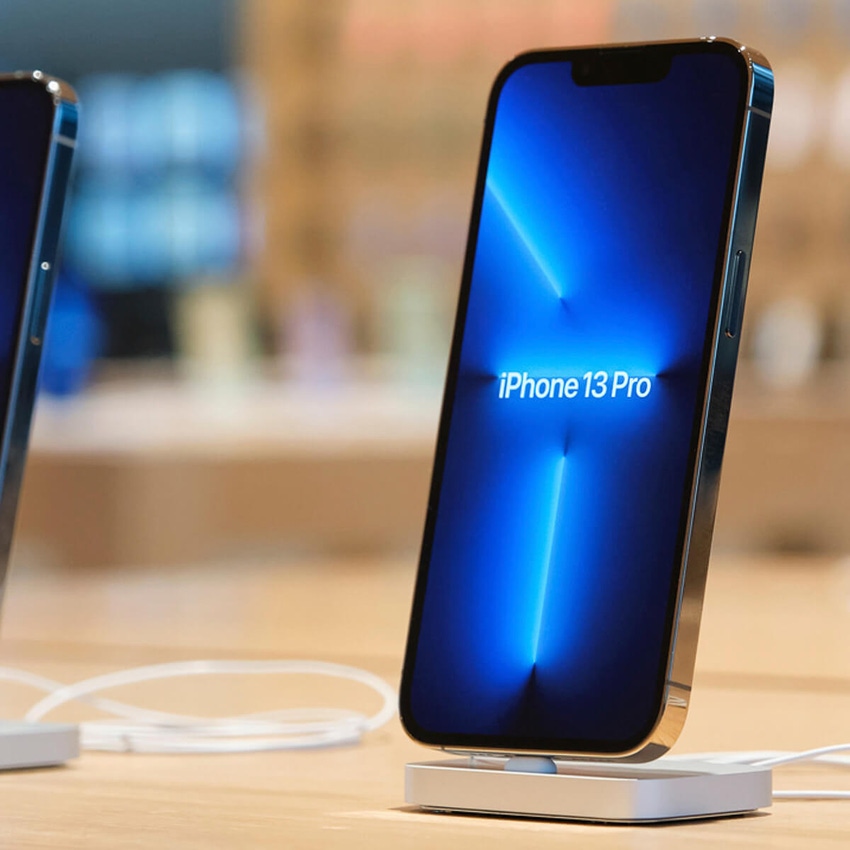
When the iPhone 14 launched earlier this month, plenty of analysts began warning that the gadget's reliance on eSIM technology would create challenges for established network operators.
"Forcing eSIM [in the iPhone 14] only reduces friction to switch and opens up new consumer facing, enterprise, and private network business models," wrote the financial analysts at LightShed Partners. "This is a positive for new entrants and developers on open platforms, like Dish/Amazon."
Apple's eSIM strategies "represent a marketing problem for US carriers, who have up until now, marketed the strength of their networks in terms of national coverage and generic download speed averages. eSIM Test Drives invite users to confirm the real-life performance of competing networks in terms of the user's specific location, indoor connectivity, regular application requirements, and more – a far more radically personalized form of mobile service 'try before you buy,'" said analyst Emma Mohr-McClune with GlobalData.
eSIM technology has been around for more than a decade. But the technology received a jump start this year in the US through two big developments. First, T-Mobile announced that it will expand its "Test Drive" offering by using eSIM technology to offer all customers the option to switch to its network with the click of a button. And then, just weeks later, Apple said the US versions of its new iPhone will no longer support physical SIM cards and will only sport eSIM technology.
Figure 1:  Apple has been pushing eSIM technology in its iPhones.
Apple has been pushing eSIM technology in its iPhones.
(Source: Apple)
One startup is positioning eSIM technology as a benefit to mobile network operators. That startup, RiPSIM, said its new eSIM product will give its mobile operator customers more flexibility, better security and a chance to cut their operational costs.
"For years, wireless carriers and enterprise network operators have yearned to have autonomy from the technologically stagnant SIM card manufacturers," said Chris Jahr, RiPSIM Technologies' CEO and co-founder. RiPSIM is "delivering on what the wireless industry has been requesting."
The current SIM market has long been dominated by giant European companies like Thales DIS (formerly Gemalto) and Giesecke & Devrient (G&D). In a conversation with Light Reading, RiPSIM's Jahr said those companies have resisted innovation and instead have focused on maintaining their per-SIM fees. He also said it can take months for operators' SIM orders to be fulfilled. Jahr ought to know; he spent years heading portions of G&D's SIM operations.
But with RiPSIM's new cloud-based eSIM program, Jahr said operators can completely own their entire eSIM ecosystem. By using the company's software – available through a standard licensing model – operators can generate their own eSIMs in minutes. Aside from the savings on time and cost, Jahr argued that RiPSIM's offerings should also be attractive to operators simply because they can handle their own eSIM security situation and no longer need to involve other, foreign suppliers.
Since its founding last year, Delaware-based RiPSIM has raised $2 million in seed funding. It counts 14 employees.
So what does Jahr think of the rise of eSIM technology? How will developments like T-Mobile's eSIM offering and the iPhone 14 affect mobile network operators? Jahr said he's not convinced that eSIM technology will directly have a huge impact on network operators like Verizon and AT&T. After all, thanks to things like number portability, the process of switching carriers is already relatively straightforward.
Instead, Jahr suggested that eSIM technology might give rise to new and innovative services from some unlikely sectors. For example, he suggested venue owners like sports stadiums or airports could use eSIMs to offer specific services on visitors' phones. "The phones are going to become part of the [venue] experience," he said.
Also, "I think the next big [eSIM] wave is going to be on the IoT [Internet of things] side," he said. Indeed, eSIM technologies promise to work across a range of gadgets beyond phones, from smart meters to automobiles.
Related posts:
— Mike Dano, Editorial Director, 5G & Mobile Strategies, Light Reading | @mikeddano
About the Author(s)
You May Also Like












